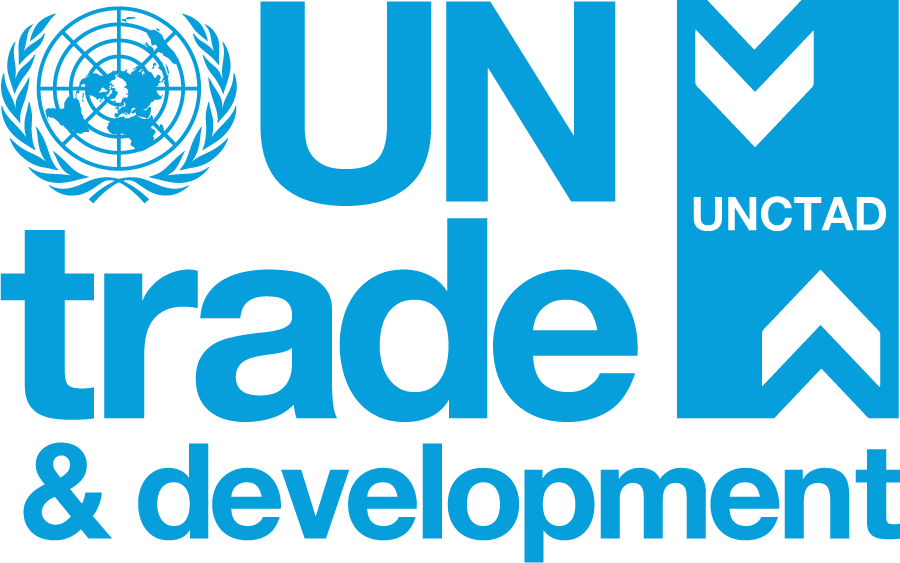Circular economy and textiles webinar
As we strive to maintain and foster a healthy planet, we need to change our business models and policies. Therefore, today’s webinar is very timely and relevant.
The circular economy is on everyone’s mind when we talk about green recovery. And for good reasons: If effectively implemented, circular economy contributes to several development objectives.
It can mitigate climate change, it can open new opportunities for trade and create jobs, and can help reduce the costs of waste disposal, in both developed and developing countries.
It is estimated, that expanding the life cycle of materials in the economy through reuse, repurposing or recycling could reduce 33% of the carbon dioxide emissions embedded in products.
Circular economy approaches in the textile industry are needed, and they can have immense impact given the size of that industry.
The global textiles market is estimated at around USD 1 trillion, and the clothing industry employs more than 300 million people along the value chain.
A key feature of the textile industry is that it is global.
Its supply chains source from vast agriculture and petrochemical sectors, and production stretches across the globe with millions of jobs in developing countries, most notably, China, India, Bangladesh, Pakistan, Brazil, and also Turkey.
But so far, the textile industry is not a good example of how to make good use of circular economy approaches.
The fast fashion model is characterized by overproduction and overconsumption of low-cost clothes, which are often produced under poor working conditions.
We all remember the tragedy of the Rana Plaza factory collapse in Bangladesh. Also, the fashion industry is a major source of pollution and waste.
Moreover, under the guise of caritative purposes, we are collecting “old” clothes for donation, creating an illusion of solidarity and circularity. But the reality is more complex. A very small percentage of clothes collected are provided as charity to people in need.
The vast majority is used for business, and this business is big and growing (according to some estimates it is worth around 25 billion USD) and often its trade is unregulated.
A key concern for many developing countries is that trade in secondhand clothing affects their textile industries to prosper.
Several countries in East Africa have denounced this trade as being detrimental to their national development efforts.
Ladies and gentlemen,
The linear fast-fashion models - the “make-use-dispose” - are unsustainable.
The good news is that consumers, businesses, and regulators search for ways to make textiles and apparel into a more efficient and less polluting sector.
Their growing interest – and application – of circular economy approaches in the textile industry covers a broad range of aspects such as renewable and safe inputs, increasing clothing use, or turning used clothes into new.
This calls for greater reuse and repair business models to be mainstreamed and made easily accessible to consumers.
It also depends on the adoption of innovative materials that can make textiles fulfill their purpose, without straining the environment and society in the way the linear production systems do.
Textiles are made of a variety of natural and synthetic fibers, as well as various blends, whose lifecycles bring environmental and social consequences for both producing and consuming countries.
Those include CO2 emissions embedded in materials, health impacts from synthetic dyes and toxic metals used in their production, as well as ocean plastics pollution (especially linked to polyester and other plastic fibers).
UNCTAD is active in this area through the Sustainable Manufacturing and Environmental Pollution Programme, which is supported by the UK Foreign Commonwealth and Development Office.
This programme focuses on ways to reduce manufacturing pollution in developing countries, including in the textile industry.
In our work on the circular economy we take an encompassing approach.
We facilitate discussions and activities seeking to add value from waste streams, we foster collaborative economy sectors, examine innovate business models, raise consumer awareness and encourage behavioural shifts.
In today’s session on ‘Circular Economy and Private Sector Development’, I encourage the presenters to enlighten the audience with practical examples on how circularity can be upscaled in the various dimensions of the textile business, and also how policymakers can help promote this necessary transformation.


